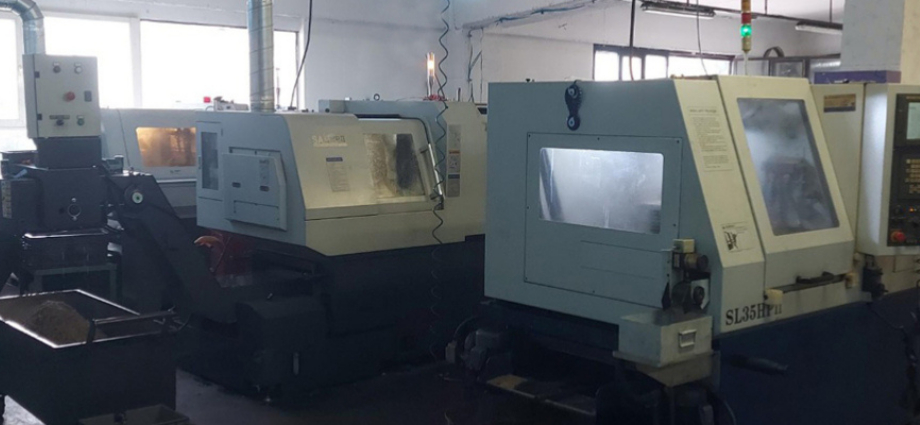- +90 212 667 62 56
- Bolts, Rivets and Special Fasteners

Screw production is an indispensable part of industry and can be realized in many different ways. One of these methods is machining. Machining is frequently preferred in screw production as it offers high precision and quality surface finishes. So, how is screw production realized with machining? Let's examine this process step by step.
Machining is the process of removing chips from the surface of the material using various cutting tools to bring the workpiece to the desired shape and size. This method is widely used in the production of precision and complex parts.
1. Raw Material Selection and Preparation
Before starting screw production, the appropriate raw material is selected. Materials such as steel, stainless steel, brass and aluminum are generally used. The raw material is prepared in bar or wire form and cut to the dimensions to be processed.
2. Machine Settings and Cutting Tool Selection
CNC lathes or milling machines are used for machining. These machines provide high precision and repeatability. Cutting tools to be used in screw production are selected according to the material to be processed and the type of screw. Carbide or high speed steel (HSS) tools are generally preferred.
3. Machining the Screw Head
The first stage of the screw production process is the machining of the screw head. On the CNC machine, the screw head is shaped by holding the raw material. In this stage, the diameter, height and shape of the screw head (e.g. hexagonal, round or star) are created.
4. Machining the Screw Body
After the screw head is completed, the screw body is machined. In this process, the outer diameter and length of the screw body are determined. The machine shapes the screw body by removing chips to the desired dimensions.
5. Threading
After the screw body is prepared, threading is performed. Threading is done on a CNC machine using special threading tools. At this stage, the pitch, profile and thread depth of the screw are determined. Thanks to the precise control of the CNC machine, the threads are threaded smoothly and to a certain standard.
6. Surface Finishing
At the end of the screw production process, the surface of the screws is machined. At this stage, surface treatments are applied to increase the corrosion resistance of the screws and give them an aesthetic appearance. Screws are finalized with processes such as galvanizing, plating or painting.
7. Quality Control
Quality control is carried out at every stage of the production process. The dimensions, thread profile, strength and surface quality of the screws are meticulously examined. Quality control is vital to ensure customer satisfaction.
High Sensitivity: Machining ensures high precision and repeatability.
Flexibility: It offers flexibility in the production of complex and special-shaped screws.
Quality: Machined screws ensure high surface quality and durability.
Machining screw production is an ideal method for producing precision and quality screws. This method is often preferred in screw production because it offers high precision, flexibility and quality surface finishes. Thanks to the advantages of machining, screws used in industrial and home-made projects provide reliable and durable connections.